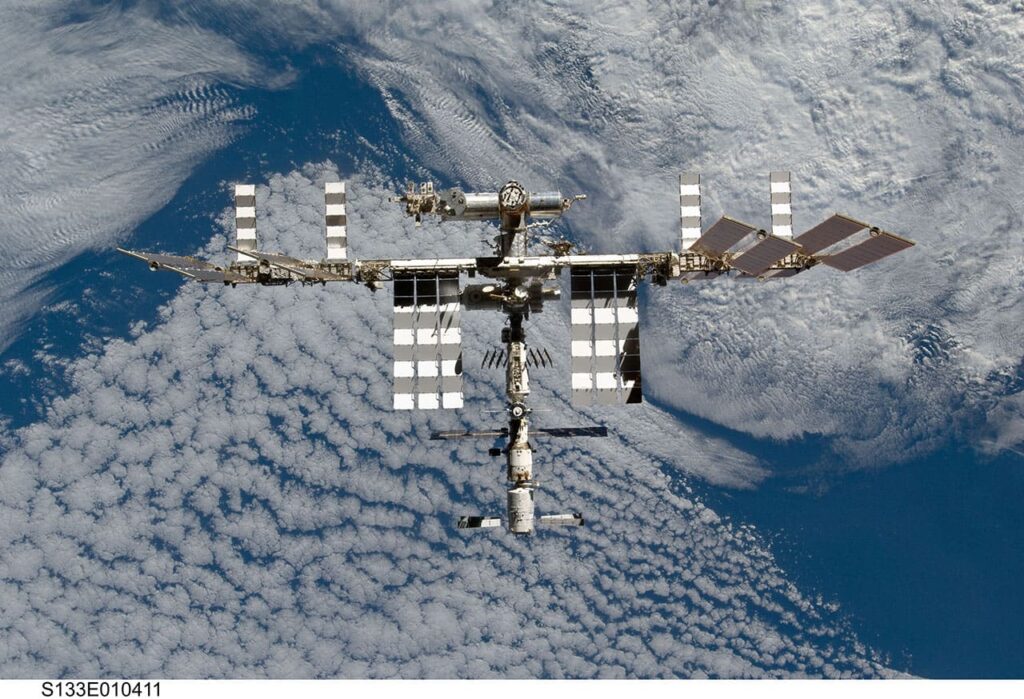Nanoracks Plate Reader
Facility Description
NanoRacks Plate Reader is a laboratory instrument designed to detect biological, chemical or physical events of samples in microtiter plates. Microplate readers are widely used in research, drug discovery, bioassay validation, quality control and manufacturing processes in the pharmaceutical and biotechnological industry and academic organizations.
Availability:The general availability status of the facility. Please contact the facility manager
ISS Environment:The facility location (internal or external to the ISS.) Internal
Owner:The entity that owns the facility. Nanoracks
Operator/Implementation Partner:The entity or ISS National Lab Implementation Partner that operates the facility.
Nanoracks
Developer(s):The entity, or entities, that developed the facility.
Nanoracks
Facility Manager:The name of the facility manager and their organization.
Carl Carruthers,
Nanoracks
Manager Email:The facility manager's email address.
ccarruthers@nanoracks.com
Parent Facility:Any facility that is necessary to operate the facility described on this webpage. i.e., a parent facility is one level higher in the operational hierarachy. EXPRESS Rack
Child Facility:Facilities that can be operated within the facility described on this webpage.
Sponsoring Space Agency:The government space agency that sponsors investigations that use the facility. NASA
Equipment Category:"The facility's ISS National Lab equipment designation type. Designations include:
1. ISS National Lab Commercial Service Provider (CSP) Facility
2. Support Hardware
3. Capability ISS National Lab CSP Facility
Additional Information:Additional resources to learn more about the facility.
NR Plate Reader on NASA’s SSRE
Past NR Plate Reader investigations on NASA’s SSRE
NanoRacks-Micro-gRx
S133-E-010411 (7 March 2011) --- The International Space Station is featured in this image photographed by an STS-133 crew member on space shuttle Discovery after the station and shuttle began their post-undocking relative separation. Undocking of the two spacecraft occurred at 7 a.m. (EST) on March 7, 2011. Discovery spent eight days, 16 hours, and 46 minutes attached to the orbiting laboratory. Photo credit: NASA or National Aeronautics and Space Administration

